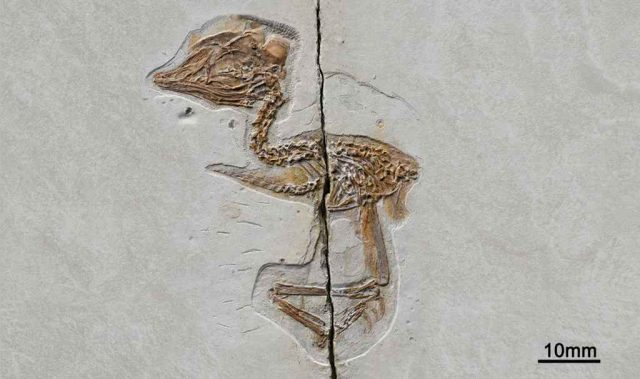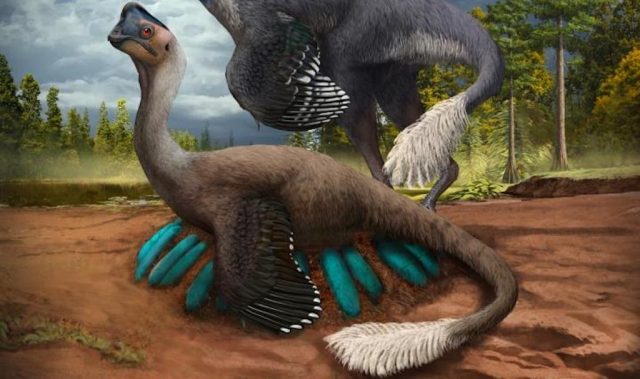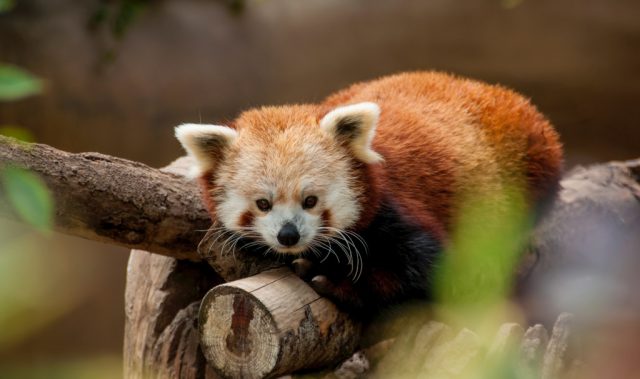
AsianScientist (Jun. 26, 2018) – Researchers in China and the US have identified a 22,000-year-old panda based on the sequence of its mitochondrial DNA. They published their findings in Current Biology.
Very little is known about pandas’ evolutionary past, especially in regions outside their current range in the provinces of Shaanxi, Gansu and Sichuan. Evidence suggests that pandas were once much more widespread, but it is unclear how those ancient pandas are related to pandas of today.
In this study, the researchers obtained mitochondrial DNA from an ancient specimen discovered in Cizhutuo Cave in the province of Guangxi. They successfully sequenced nearly 150,000 DNA fragments and performed sequence alignment with known genomes, identifying the specimen as an ancestor of pandas.
By referencing the mitochondrial genome sequence of extant giant pandas, the researchers were able to recover the Cizhutuo panda’s complete mitochondrial genome. They then used the new genome, along with mitochondrial genomes from 138 present-day bears and 32 ancient bears, to construct a family tree.
Their analysis showed that the split between the Cizhutuo panda and the ancestor of present-day pandas goes back about 183,000 years. The Cizhutuo panda also possesses 18 mutations that would alter the structure of proteins across six mitochondrial genes. The researchers noted that those amino acid changes may be related to the ancient panda’s distinct habitat in Guangxi, or may perhaps be adaptations to climate differences in the past.
The findings suggest that the ancient panda’s maternal lineage had a long and unique history that differed from the maternal lineages leading to present-day panda populations. The researchers said that their success in capturing the mitochondrial genome also suggests that they might be able to successfully isolate and analyze DNA from the ancient specimen’s much more expansive nuclear genome.
“Using a single complete mitochondrial DNA sequence, we find a distinct mitochondrial lineage, suggesting that the Cizhutuo panda, while genetically more closely related to present-day pandas than other bears, has a deep, separate history from the common ancestor of present-day pandas,” said Dr. Fu Qiaomei from the Chinese Academy of Sciences, who is a co-author of the study.
“Comparing the Cizhutuo panda’s nuclear DNA to present-day genome-wide data would allow a more thorough analysis of the evolutionary history of the Cizhutuo specimen, as well as its shared history with present-day pandas,” said Fu.
The article can be found at: Ko et al. (2018) Mitochondrial Genome of a 22,000-year-old Giant Panda From Southern China Reveals a New Panda Lineage.
———
Source: Cell Press; Photo: Zhang Yingqi and Xu Yong.
Disclaimer: This article does not necessarily reflect the views of AsianScientist or its staff.












